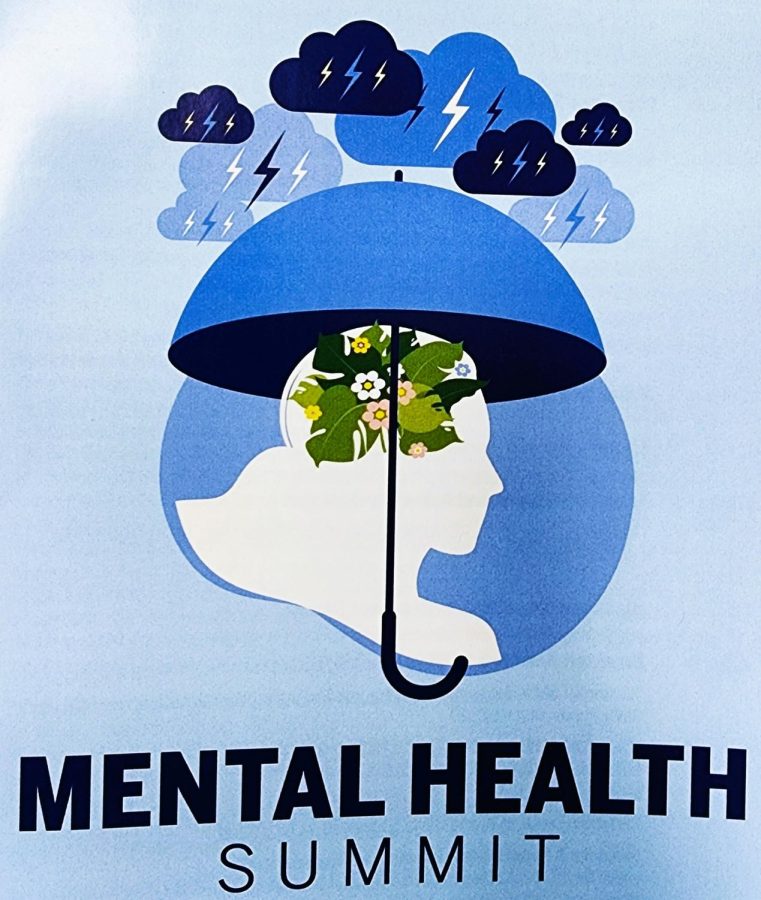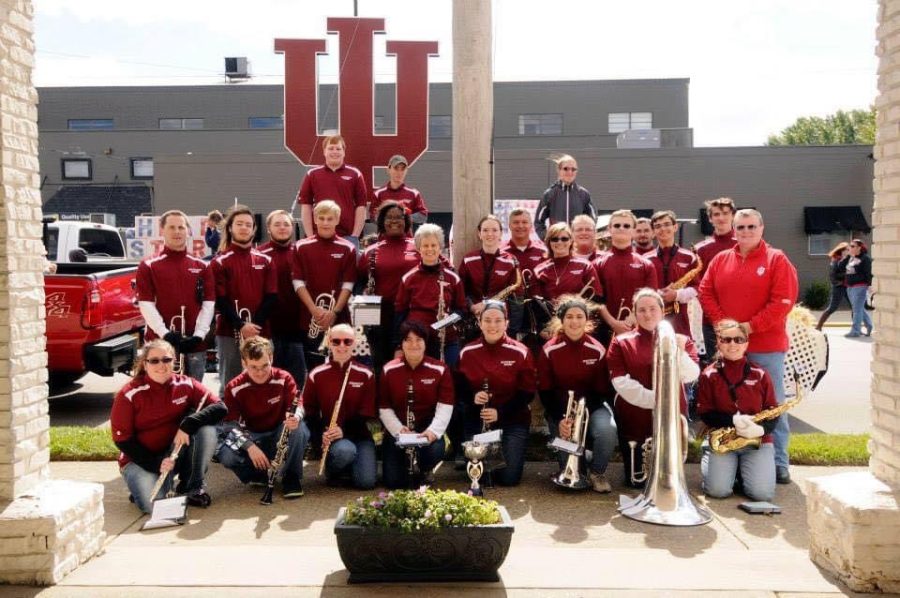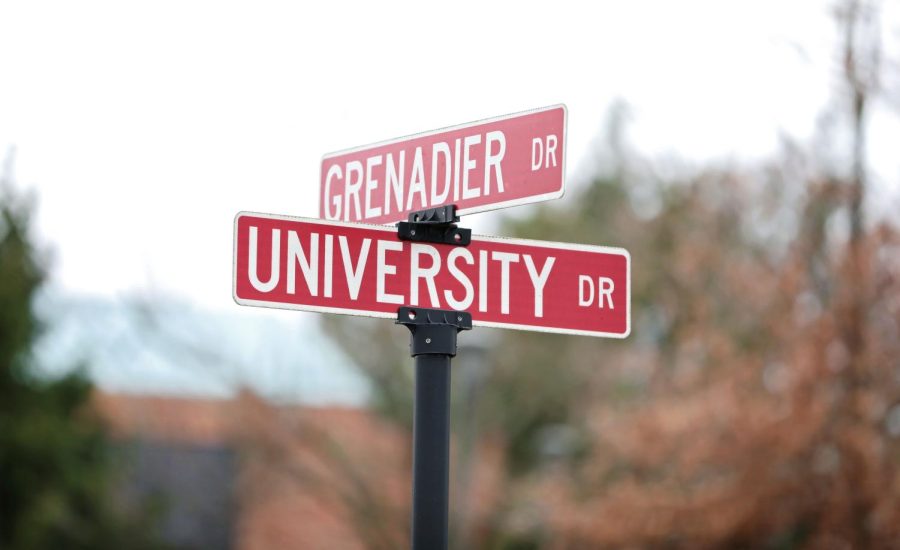While studying abroad could be costly, it may be more affordable than most students think.
At IU Southeast, there are four international-based programs — Ecuador for education or nursing students, a tropical biology program, a program in China and a program in West Ghana.
Lucinda Woodward, assistant professor of psychology and director of International Programs, is in charge of the program taking students to Africa.
She also serves as one of the main study abroad advisers for students who have questions about the program.
“If they have an interest in another program, I can direct them there,” she said.
Students who are unsure of the opportunities to study abroad can schedule an appointment with Woodward to discuss where to begin, how to apply and other important people to contact for information.
With an approaching deadline of March 1 for scholarships for studying abroad, Woodward said she advises students to start early.
However, she also wants students to know studying abroad doesn’t need to come out of one’s own pocket.
“When financial aid is given to a student at IU Southeast, whether it be a PELL grant or student loans, they can use that money to apply to studying abroad,” Woodward said. “Even if they aren’t sure if they have been accepted into a program, they should still apply for a scholarship and get their name in to the pot of money.”
The IU Office of Overseas Study also offers scholarships to students ranging from $750 to $3,000 in the form of two different scholarships — The Ed Quinn Memorial Scholarship, ranging from $250 to two $700 scholarships, and the David Starr Jordan Scholarship.
Students who apply for the Ed Quinn Memorial Scholarship and meet the requirements will be considered for the latter.
Woodward said she highly recommends checking out the websites for more information about upcoming summer and fall programs.
IU offers 250 programs in more than 50 countries in 17 languages to all affiliated schools.
At IU Southeast, students can choose from 100 of those programs, offering them the opportunity to study for a few weeks, a summer, a semester or an academic year in another country.
There are no fees for filling out the application for these programs.
Students can apply for a program that interests them while simultaneously applying for financial aid.
Steven Rose, assistant director of the Office of Overseas Study at IU, suggests that students check the IU Study Abroad website for any financial aid information.
“There is no harm in applying right now while you also apply for scholarships,” Rose said. “If you then determine that this is not something you can pursue financially down the line, then you simply inform the office that you will not be continuing with your application.”
Students should apply to the program of their choice before applying for a scholarship because this information is needed in order to complete the scholarship form.
For Sarah Yeager, accounting junior, the financial aspect of a study abroad program was the reason she considered not going.
After attending a workshop where students learned what programs were offered, Yeager looked online for more information and realized a trip like the one she went on could be an incredible experience.
She then applied for scholarships through IU and IU Southeast, as well as local scholarships, taking the first steps to traveling abroad.
Yeager traveled to Salamanca, Spain, in the summer of 2010. Once there, she stayed with a host family and one roommate from IU during her six-week stay in Spain.
Her time was spent attending classes in culture, grammar and communications at a local university. For the time spent in school, she received six credits from IU Southeast toward her Spanish minor.
In the afternoons and on weekends, Yeager went to various stores including “El Plaza Mayor.” She was also able to travel to Portugal and Paris.
As for the trip itself, Yeager said she recommends students keep an open mind.
“Don’t expect to be comfortable and don’t expect to have everything that you have here,” Yeager said. “I tried things that weren’t comfortable for me, but that made my experience that more enjoyable.
“It was awesome getting to see things up front that you read about. It’s not just a picture in a history book — it’s real.”
By JENNIFER
SCHONSCHACK
Staff
jschonsc@umail.iu.edu






